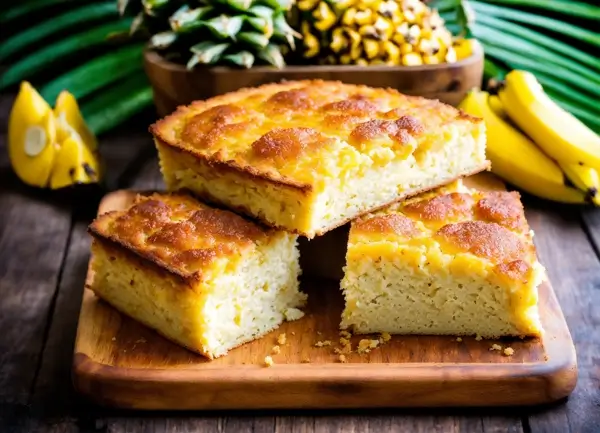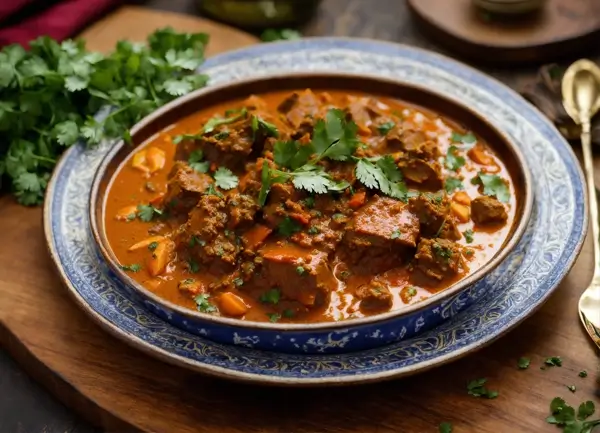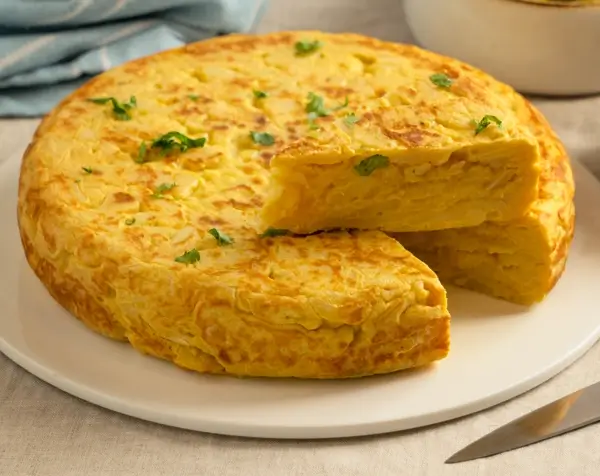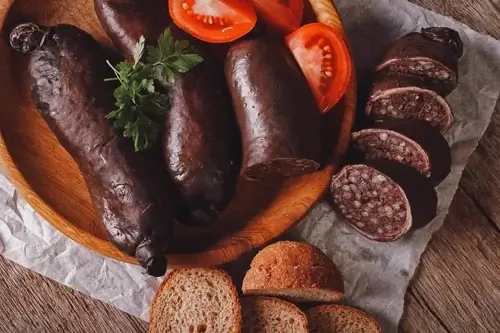
Step into the world of gluten-free goodness with Cassava Bread. Made from the versatile cassava root, this recipe promises a delightful alternative for those seeking a gluten-free bread option that doesn't compromise on flavor or texture.
Ingredients:
4 cups (about 1 kg) Cassava Flour
1 cup (240ml) Coconut Milk
1/2 cup (120ml) Olive Oil
1/4 cup (60g) Coconut Sugar
1 tsp Baking Powder
1/2 tsp Salt
Instructions:
Prepare the Dough:
In a mixing bowl, combine cassava flour, coconut milk, olive oil, coconut sugar, baking powder, and salt. Knead the mixture until it forms a smooth, elastic dough.
Shape the Bread:
Divide the dough into equal portions and shape them into round loaves.
Bake to Perfection:
Preheat your oven to 375°F (190°C). Place the shaped loaves on a baking sheet and bake for 25-30 minutes or until golden brown.
Cool and Slice:
Allow the cassava bread to cool before slicing it into desired thickness.
Serving:
Cassava Bread is a versatile treat that can be enjoyed on its own, toasted, or as a base for your favorite toppings. Whether sweet or savory, let your creativity shine.
Embrace the wholesome goodness of Cassava Bread a gluten-free alternative that redefines your bread experience. Simple to make and delightful to savor, it's a perfect addition to any gluten-free lifestyle.



